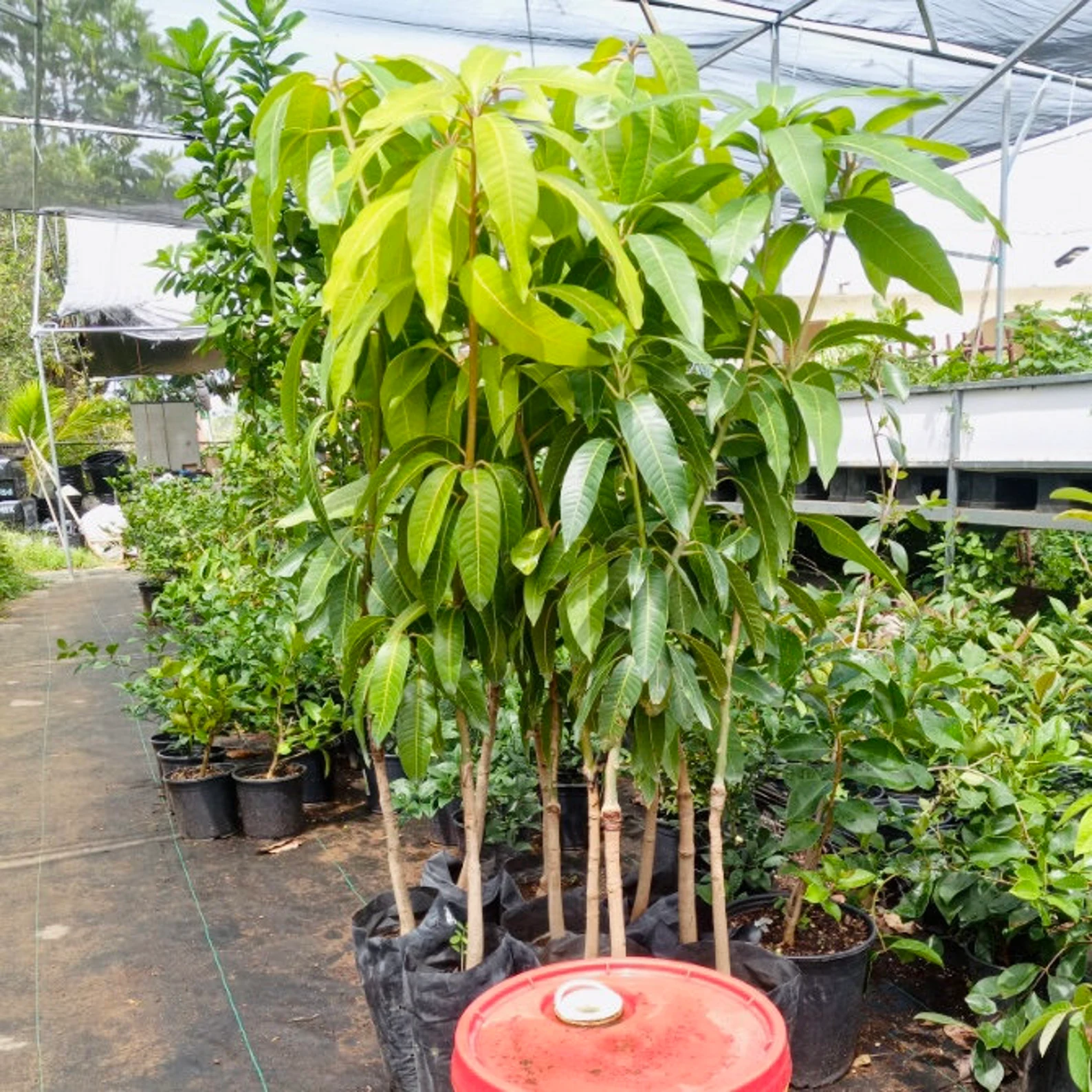Benefits of Grafted Fruit Trees

Benefits of Grafted Fruit Trees
Grafted fruit trees represent a marvel of horticultural innovation, offering a plethora of benefits that extend well beyond the basic fruit-bearing capabilities of their non-grafted counterparts. In this detailed exploration, we delve into the advantages of grafted fruit trees, highlighting why they are an essential choice for both commercial growers and home gardening enthusiasts.
Enhanced Fruit Production
One of the most significant advantages of grafted fruit trees is their ability to **enhance fruit production**. By combining the rootstock of one tree with the scion of another, these trees can bear fruit much sooner than those grown from seed. Typically, a grafted tree will start to produce fruit in just a few years, whereas a seed-grown tree might not bear fruit for a decade or more. This accelerated maturity ensures that growers can achieve a quicker return on investment and enjoy the fruits of their labor sooner.
Improved Pest and Disease Resistance
Grafted trees often exhibit greater resistance to pests and diseases. The rootstocks used in grafting are usually selected for their robustness and ability to fend off common threats. This means that grafted trees are less susceptible to being decimated by pests or disease, which can otherwise lead to significant losses. For commercial orchards, this resilience translates to more consistent yields and reduced need for chemical interventions.
Ability to Withstand Harsh Climates
The rootstock of a grafted fruit tree also plays a crucial role in determining its tolerance to adverse weather conditions. Some rootstocks are specifically chosen for their ability to thrive in **harsh climates**, including extreme cold or drought. This makes grafted fruit trees an excellent choice for regions where traditional fruit trees might struggle to survive, let alone produce a healthy crop.
Diverse Fruit Varieties from a Single Tree
Through grafting, it is possible to cultivate multiple fruit varieties on a single tree. This is particularly advantageous for gardeners with limited space, as it allows for a variety of fruits to be grown in a compact area. Additionally, having multiple varieties can extend the fruiting season, as different grafts may produce at varying times. This continuous yield ensures a steady supply of fresh fruits over an extended period.
Superior Fruit Quality
Grafted fruit trees are also known for producing superior quality fruits. The scions used for grafting are typically selected from proven, high-quality cultivars. This selection process ensures that the fruits are not only abundant but also of higher quality—more flavorful, larger, and more visually appealing—than those produced by seed-grown trees.
Conservation of Space
For urban gardeners, space is a premium commodity. Grafted trees can be designed to grow more compactly, making them ideal for small gardens or even containers. This compact growth does not compromise the quantity or quality of the fruits produced but does make it feasible to grow multiple trees in a confined space.
Ease of Care
Grafted trees can also simplify the care requirements. With rootstocks that naturally control the size of the tree, these variants require less pruning and are easier to manage than full-size trees. This ease of maintenance makes grafted trees a favorite among both novice and experienced gardeners.
Economic Benefits
For commercial producers, the benefits of grafted fruit trees translate directly into economic gains. Faster fruit production, enhanced disease resistance, and higher quality fruits can significantly increase profitability. Moreover, the ability to grow different varieties on a single tree can save on the costs associated with planting multiple trees.
Sustainable Gardening
Finally, grafted fruit trees contribute to sustainable gardening practices. By requiring fewer inputs in terms of pesticides and fertilizers and by being more likely to produce a successful crop, these trees help reduce the environmental footprint associated with fruit growing.
In conclusion, the adoption of grafted fruit trees offers manifold benefits, making them a valuable addition to any garden or orchard. Whether you are a home gardener looking to maximize your space and enjoy a variety of fruits, or a commercial producer seeking to enhance productivity and profitability, grafted fruit trees provide a compelling solution.


